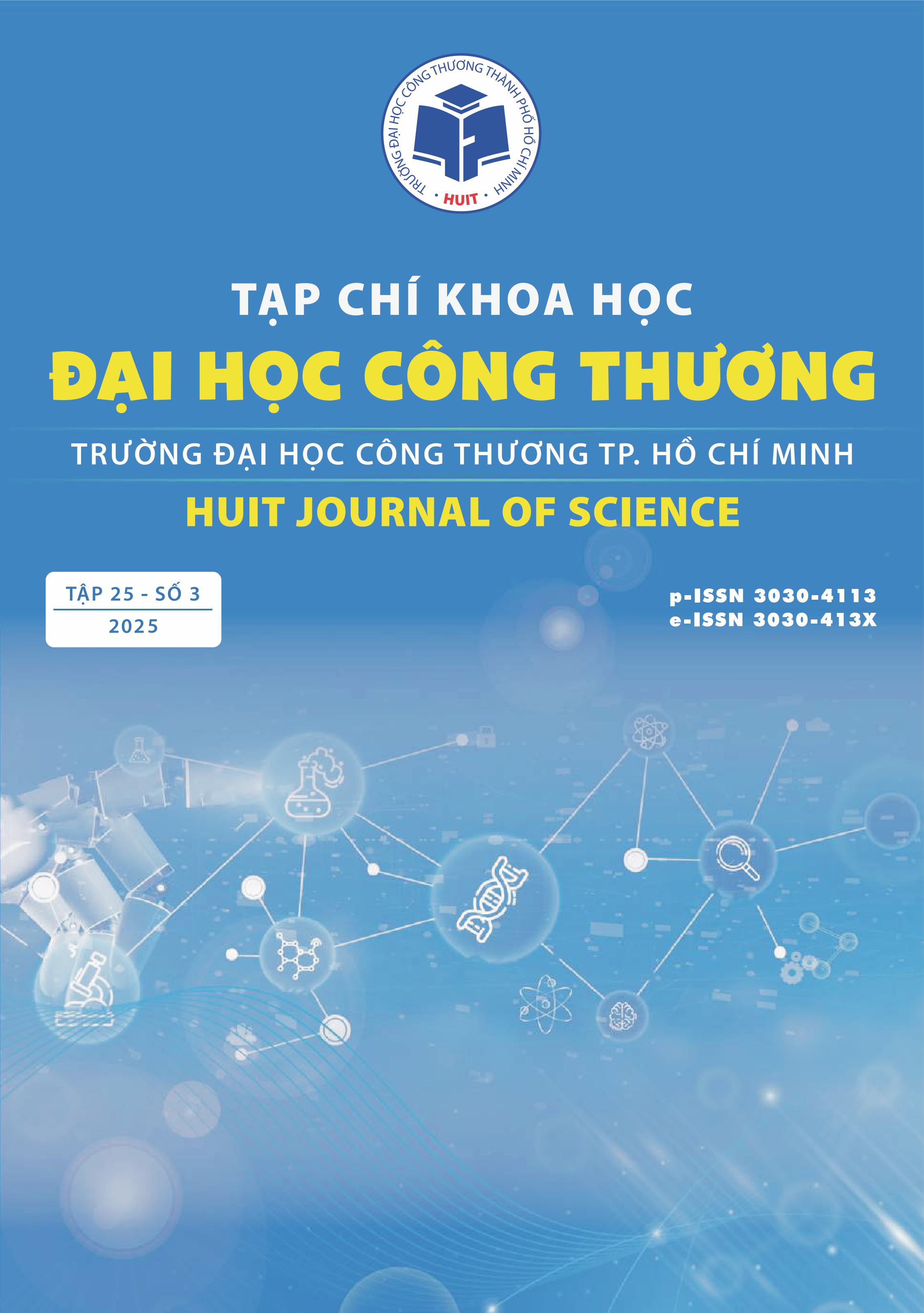Issue
Date Log
Copyright (c) 2025 HUIT Journal of Science

This work is licensed under a Creative Commons Attribution 4.0 International License.
STUDY ON MICROPROPAGATION PROTOCOL OF Codonopsis javanica
Corresponding Author(s) : Trinh Thi Huong
HUIT Journal of Science,
Vol. 25 No. 3 (2025)
Abstract
In this study, a micropropagation protocol was developed for Codonopsis javanica, a herbaceous perennial with high medicinal value. Nodal explants were surface-sterilized with a 10% sodium hypochlorite (NaOCl) solution for various durations and then cultured on a medium for shoot induction. The results showed that nodal explants surface-sterilized with a 10% NaOCl solution for 10 minutes yielded a high percentage of clean and viable samples (83.3%). For the shoot multiplication stage, propagation efficiency was improved by using both nodal and leaf explants derived from in vitro shoots. The optimal medium for shoot multiplication from these explants was Murashige & Skoog (MS) medium supplemented with 0.75 mg/L 6-benzyladenine (BA), 30 g/L sucrose, and 8 g/L agar. After three weeks of culture on this medium, the number of shoots was 8.67 shoots/explant (for nodal segments) and 9.83 shoots/explant (for leaf explants). This study also indicated that indole-3-butyric acid (IBA) was more suitable than 1-naphthaleneacetic acid (NAA) for root formation in C. javanica shoots. On MS medium supplemented with 0.75 mg/L IBA, the rooting rate, number of roots, plant height, and fresh weight were 100%, 7.08 roots/plant, 5.89 cm, and 198.3 mg, respectively. After 4 weeks of transfer to the nursery, the survival rate of plantlets was the highest (92%) on this medium. This study has developed an effective micropropagation protocol for C. javanica that can be widely applied to produce plantlets in large quantities to meet commercial demand and contribute to the conservation and development of valuable medicinal plant resources.
Keywords
Download Citation
Endnote/Zotero/Mendeley (RIS)BibTeX
